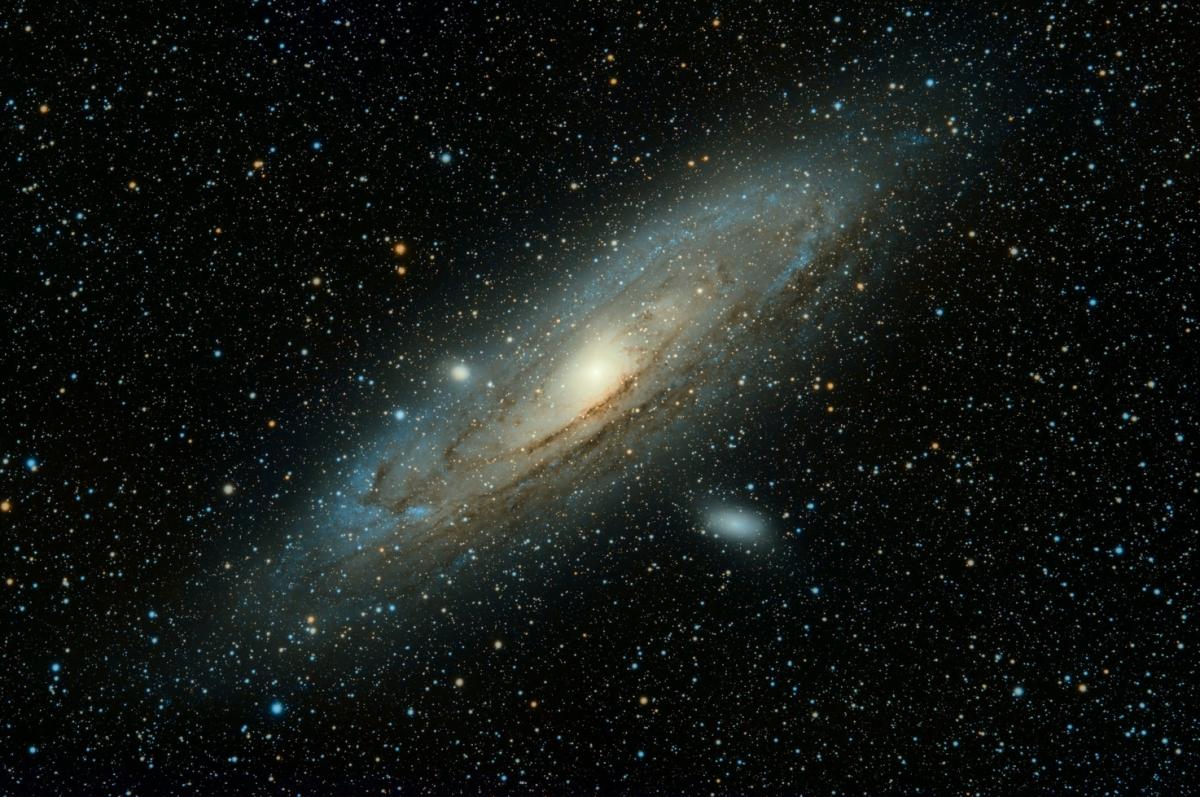Yes, there will be a day when we will not be. Neither you nor we. Everything will end. But there will also come a day when the universe will cease to exist forever, irreparably. And today we present to you the ways in which this can happen.
Thanks to the scientific publication New Atlas, scientists explain how it could have ended. And when we say the end of everything, we mean the possible end of the universe. Everything has to end sometime, but does that include the universe itself? And if so, how? And when?
It can be hard to imagine a catastrophe big enough to affect everything in existence, but physicists hope that it will all end someday, and it may happen sooner than we think. Here are some of the main hypotheses about how and when the universe might end.
To understand how space might end, physicists go back to the beginning. Around 13.8 billion years ago, space and time burst out of an incredibly dense singularity, an event known as the Big Bang.
From that moment on, the universe expanded rapidly, matter cooled and condensed into galaxies and all the stars and planets they contained. But the universe continues to expand, and it does so at an accelerating rate thanks to a mysterious force that scientists call “dark energy.”
As the name suggests, we know very little about how this force works or why it pushes everything away from everything else, but it has some pretty serious implications for the ultimate fate of the universe. The result depends on how the numbers fit in the models.
Big Freeze: according to our best models of the evolution of the universe, the most likely scenario is the so-called Big Freeze. If dark energy continues to accelerate the expansion of the universe forever, the cosmos will be doomed to a slow death that will last a googol of years. This number is a one followed by 100 zeros.
Big gap: a similar scenario leads to a much more dramatic death, much earlier. In this model, dark energy not only accelerates the expansion of the universe at a constant rate, it accelerates exponentially, eventually tearing apart the very fabric of reality.
big crunch: maybe the universe ends just the opposite: instead of forever turning into nothing, it changes course and collapses into itself in the so-called Big Crunch.
In the cosmic tug of war between gravity trying to pull everything together and dark energy trying to tear it apart, scientists often favor dark energy, which will eventually lead to the Big Freeze or the Big Rip.
Big rebound: but this may not be the end. A variant of the above hypothesis suggests that, moments before the universe collapses into an infinitely dense singularity, it is rescued by quantum processes and reverses course again, beginning a new period of expansion that is effectively another Big Bang for a brand new universe. .
This pattern is known as the Big Bounce. Although it may seem too convenient, proponents of this idea say that there is a precedent in the world of quantum physics: after all, when the universe shrinks to a singularity, it becomes so small that quantum rules supersede classical physics. which are familiar to us.
Big gulp: The last doomsday scenario on this list is perhaps the most troubling because it could already be upon us and we won’t know until it comes. This is what is called the collapse of the false vacuum, or, colloquially, the Gulp.
It is a law of physics that a system naturally tries to stabilize itself. To do this, it goes from a high energy state to another with a lower energy until it stabilizes in the lowest possible energy state. In the case of quantum fields, this is known as their vacuum state.
If you want to read all the endings in detail, here is an article where they are recreated point by point.
Source: Computer Hoy
I am Bret Jackson, a professional journalist and author for Gadget Onus, where I specialize in writing about the gaming industry. With over 6 years of experience in my field, I have built up an extensive portfolio that ranges from reviews to interviews with top figures within the industry. My work has been featured on various news sites, providing readers with insightful analysis regarding the current state of gaming culture.















